DIY Barndominiums: Tips for Choosing the Right Land to Build On
Tips for Choosing the Right Land to Build a Barndominium
Are you planning to build your dream home but need to buy land first? If so, you have come to the right place to learn all about the different factors that go into your land search! There are so many factors to consider, things like location, zoning laws, soil type, and so much more that I never knew until we were in the process. So let’s get into all the tips for choosing the right land to build on!
Location:

Location is probably one of the most obvious factors you need to consider when searching for the perfect piece of land for building a barndominium. Consider the proximity to your job, schools, and other amenities, as well as the overall safety and security of the area. If you are looking for privacy and seclusion, out in the country is your best bet.
1. Job:
It goes without saying that being close to your job will save you a lot of time and money in the long run. Long commutes can become old real quick, not to mention expensive when it comes to gas and vehicle maintenance.
Choosing a piece of land closer to your job will allow you to spend more time doing whatever you would rather be doing instead of sitting in traffic. But sometimes the commute is the only downtime we get. And listening to music and podcasts make it enjoyable.
2. Schools:
If you have kids or are planning on having them in the future, being close to the schools you want them to attend is another factor to consider. It will make your life a whole lot easier when it comes to drop-offs and pick-ups and it can also make a big impact on your child’s education and future opportunities.
Our boys began youth association sports this last year and there is a LOT of going and coming involved in that. We live about 8 minutes from our boy’s school and it is sure nice to be close, especially when we are running behind on school mornings!
3. Amenities:
This means things like grocery stores, restaurants, the post office, hospitals, and anything else that you frequent often. Being close to these things sure makes life more convenient. Plus, it may also increase the resale value of your home in the future.
For those of us who have lived in the country our whole lives, we are used to these things being far away. But if you have lived in the city all of your life, making the transition to the country may be a big transition (although it can be a positive transition). Living further away from these things makes life feel slower, which is nice.
If you are thinking you want the convenience of the amenities but are also looking for privacy and seclusion, you can still find the perfect place to build a barndominium that is relatively secluded while also being close to the things that you love. It is all about finding the right balance.
4. Safety and Security:
It goes without saying that the safety and security of the location you buy to build a barndominium is super important. This decision will have a significant impact on your family’s safety as well as the security of your investment.
A neighborhood that is safe will help protect your property value. Do not forget to check for any potential environmental hazards, such as flood zones or geological risks, too.
Zoning Laws

You will want to make sure the land you are interested in is zoned for residential use and that there are no restrictions that could limit your building options. Make sure to do your research on local zoning laws and regulations before you make any offers on land. Not all land is created equal.
1. Zoning: Residential or Commercial Use:
Zoning laws tell you how your land can be used. For example, the land is either zoned for commercial use (i.e., businesses) or is zoned for residential use (i.e., houses).
If the land you like is not zoned for residential use, you need to move on. You need a residential lot to build a barndominium or home.
It is important to do your research and make sure the land you are interested in is zoned for the type of building you have in mind and that there are no zoning restrictions. If you are working with a real estate agent, this should not be an issue for you since they should not be showing you land that is meant for commercial use.
2. Restrictions:
Now let’s say that you found land that you love and it is zoned for residential use, there might still be restrictions that could limit your building plans. For example, there might be restrictions on the type of building materials you can use, the height of the building, or the size of the lot.
Some neighborhoods might even have a homeowner’s association (HOA) that sets additional restrictions. No HOA is the same so you need to really review the limitations they set forth. Barndominiums tend to not be welcomed where there are HOAs. But there are some that are dedicated to metal buildings.
Soil Type

Now this section is not one of those common sense things you often think about when looking for land to build on. I guess it is for some, like my husband, but I sure never considered it before we began our journey.
The reason soil is an important factor is because you need to make sure the ground is stable enough to support your building. If the soil makeup is not right, it can create issues with the foundation and drainage. A soil test can help you determine your soil type.
1. Stability:
The soil on your land needs to be able to support the weight of your house without shifting or settling over time.
You would think that dirt is dirt, right? Wrong. If the soil is a type that can be unstable, it can cause the foundation of your house to crack or shift, which can lead to serious issues.
It’s important to get soil tested before building a barndominium. If you skip this step, you will have huge costs in the future which is counterproductive to the whole reason you are building a barndominium yourself: to save money. Good soil equals a safe and structurally sound foundation.
2. Drainage:
Soil plays a big role in how water drains. If the soil does not drain well, it can cause water to pool around your foundation which can lead to mold, rot, and other issues. Make sure the soil has good drainage before you start building so you can stop problems before they begin.
Again, a soil test will help you determine the type of soil on your land which will in turn tell you about any potential issues you might face in regard to drainage.
The test will aslo help you determine if you need to add any amendments, like sand or gravel, to improve the soil’s stability and drainage. We will discuss how to go about soil tests in another blog post, so stay tuned for that.
Easements
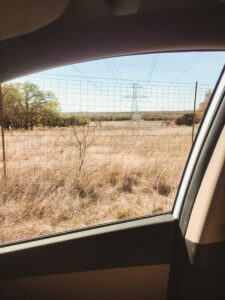
(This is a picture from our land search. This place sounded too good to be true. Lots of acreage at a low price. There were huge power lines on the land and it was full of easements. We did not even get out of the truck and crossed this place off our list.)
An easement is a legal right that someone else has to use a part of your property for a specific purpose. Utility companies commonly have easements so they can access power lines but there is wide variety in why there may be an easement.
Essentially, this just means someone else has the right to enter your land, as long as they stay on the part the easement is on.
1. Restrictions caused by easements:
When considering a land purchase, check the property’s plat or survey to see if any easements exist on the property. Easements can restrict your ability to build in certain areas, such as near power lines or underground utilities.
If there is a pipeline easement, you will not be able to build anywhere that pipeline stretches. Easements can also limit the size or placement of your driveway.
2. Property Value and Resale Potential with Easements:
Additionally, easements may hurt your property value and resale potential. Land with easements may be less desirable to buyers if the restrictions are impactful enough.
When we were shopping around for land, we often turned down the chance to go look at the place when our real estate agent told us there was an easement.
However, easements are not always a make-it or break-it deal and some are very minor or infrequently used. Being able to understand the different types of easements is a must.
Amount of land
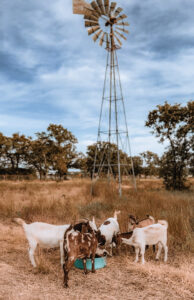
Knowing the amount of space you need is important before you start planning and searching. The amount of acreage you purchase will determine the amount of space you have for outdoor activities, livestock or pets, and additional buildings such as barns or workshops.
1. Space for children or livestock:
If you have children, pets, or livestock, you will need more land to accommodate them than someone who does not have these. Children need space to run and play while pets and livestock need sufficient living space and grazing areas that will not become overgrazed.
Depending on the number of animals you have, you may need to purchase a larger property to ensure they have enough space to thrive.
Do not forget to consider a body of water on your land for animals to drink from. If one is not already on the land, you either have to dig a stock tank (or pond) or provide water troughs. Digging up a place for a stock tank will get pricey.
2. Extra buildings:
You may need or want additional buildings such as barns and workshops. These structures require additional land.
Think forward to the future. Will you want to add a mother-in-suite eventually?
Remember our earlier discussion about zoning laws and restrictions? Having livingstock and adding extra buildings to your land will apply here. If these are things you want or need, be sure to inquire about zoning and restrictions.
Budget

1. Land and Construction Loan:
You will probably have a land budget and a house build budget. You need to stick to your land budget and not go over because they will cut into your build costs.
Do you need to consider financing options to help make building your dream barndominium a reality? Factor in the interest that will accumulate from that loan.
Research property taxes for that land.
2. Living Space:
Buying land is a huge investment. The size of it will greatly affect its cost. Typically, the larger the land you buy, the more expensive it will be.
Ultimately, the cost of the land will depend on various factors in addition to its size including location, accessibility, and potential for development.
3. Existing Structure:
Think of all the costs that will add up when you begin improving the land. Is there an existing structure on the land that you need to fix up or knock down? And because land is such a pricey investment, you need to be patient in your land search.
Do not just purchase land because you are in a hurry to build. You need to do your research. While it is so annoying for this to be a slow process, it is totally worth it in the end.
Conclusion
So there you have it, some tips for choosing the right land to build on.
Remember, doing your research and taking your time can help ensure that you find the perfect piece of land for your barndominium or home.
Good luck and happy building!
And if you’re looking for more tips on self-building and budget barndominiums, be sure to check out our other blog posts.
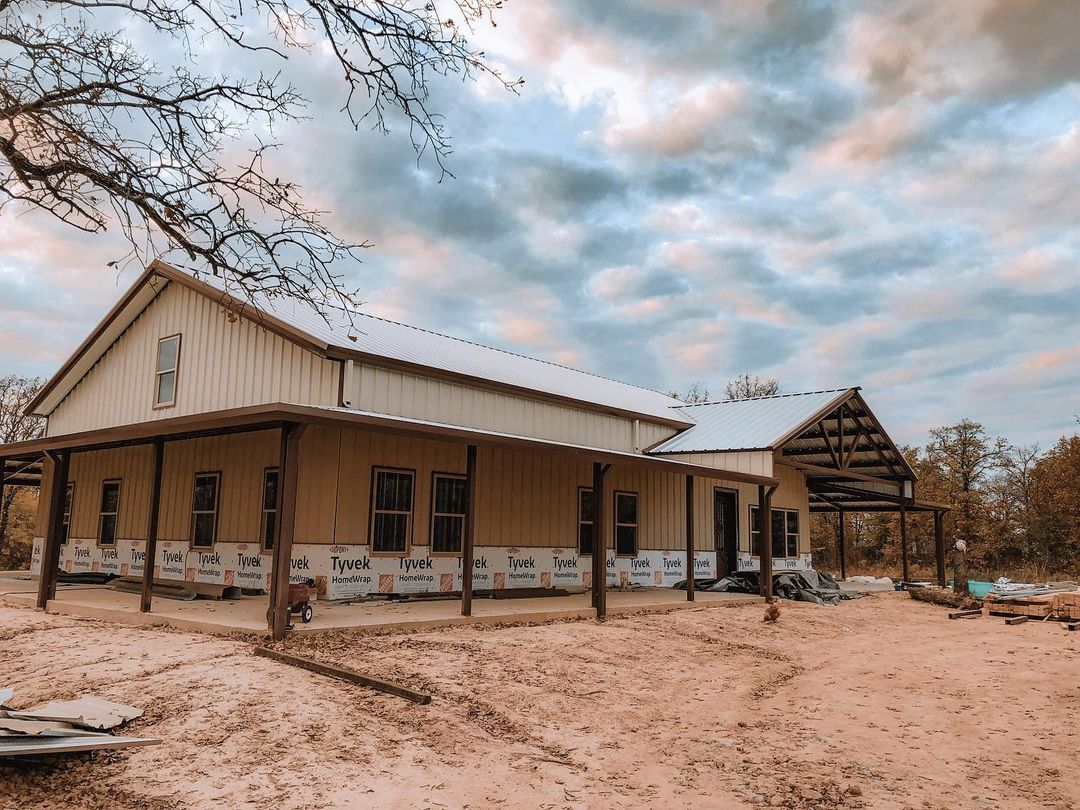
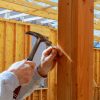



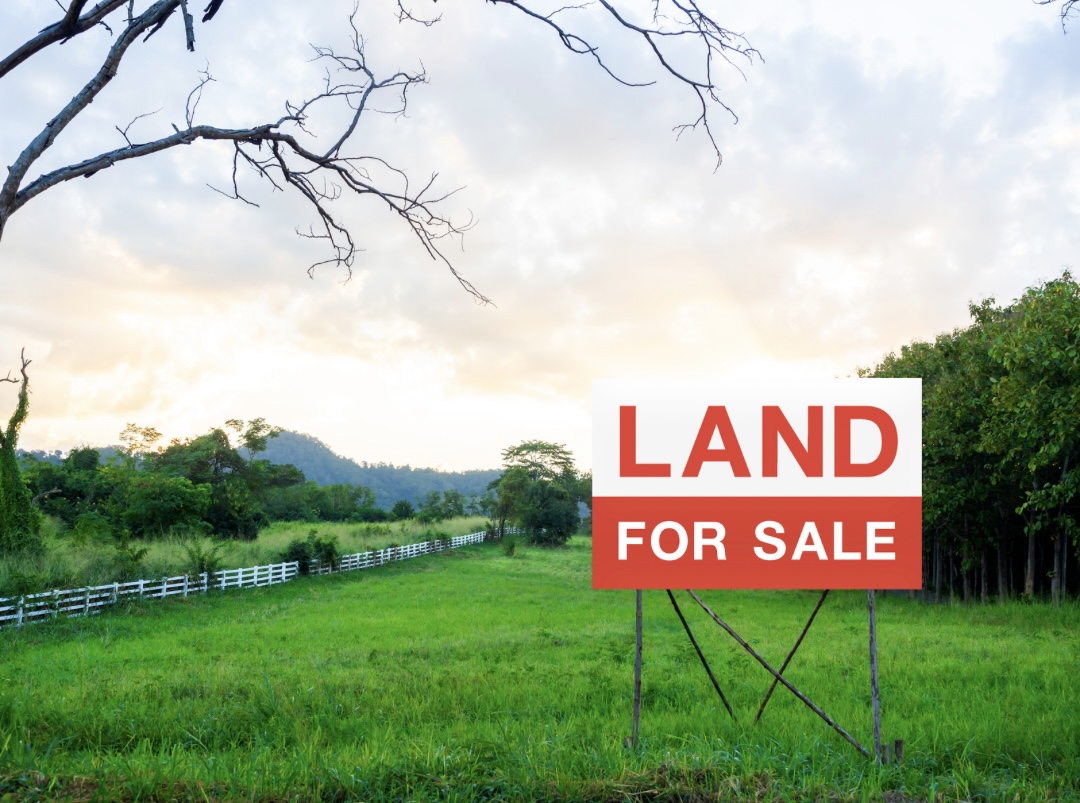






7 Responses